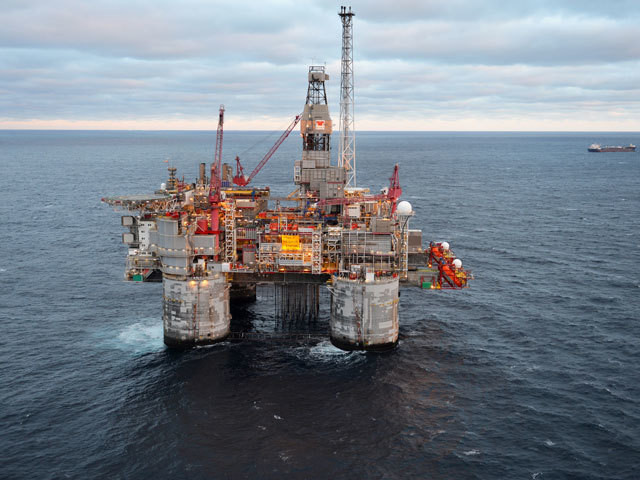
Global growth in 2015-2016 will enjoy support from continued monetary expansion and an increasingly solid recovery in the United States.
Development in the Nordic countries is likely to vary substantially, with Finland in particular struggling, say SEB’s economists.
Lower energy prices – with Brent crude oil expected to cost about 85 dollars per barrel during 2015 – have the potential to stimulate household purchasing power and business investment appetite, thereby boosting the overall GDP level in the 34 mainly affluent countries of the Organisation for Economic Cooperation and Development (OECD) by 0.5% points over a few years.
The world economy is being both stressed and squeezed by continued balance sheet weaknesses, difficult rebalancing processes in emerging markets, low investment appetite, wide wealth gaps and heightened geopolitical uncertainty.
GDP growth in the OECD countries will reach 1.9% this year, up from 1.4% in 2013. Next year, GDP growth will climb to 2.4%, with the same growth rate again in 2016. Taken together, these factors represent a significant risk of an extended period of weak demand and lingering deflation risks.
“In many ways, this situation is completely unique,” says Robert Bergqvist, Chief Economist at SEB. “Six years after the Lehman Brothers collapse, and despite exceptional monetary policies, the world is still characterised by a lack of stability. This is manifested in an unclear economic pattern.”
He says countries show divergent growth, putting a strain on international cooperation. This is forcing re-assessments of economic policies and testing their limits. While lower energy prices have a positive impact in most countries, they also represent major challenges for oil producers in a new geopolitical energy landscape.
Inflation has provided downside surprises and is troublingly low in many countries. In 2015-2016 inflation is expected to remain low, though rising cautiously.
Global overcapacity is squeezing prices, and so are structural changes in the labour market; increasingly well-educated labour force reserves in Asia – and eventually Africa – will be integrated into the world economy, while new jobs in the Western world tend to show up in low-wage sectors.
This will hold down the rate of wage and salary increases, contributing to continued weak inflation pressure and low demand. Various commodity markets will also probably show a long-term downward price trend, as previously completed production capacity pushes down prices.
The zero interest rate environment makes the allocation of economic policy responsibility more clear. For example, stagnation and deflation risks mean that fiscal expansion – not fiscal discipline – is enjoying renewed political support and acceptance among economists.
Sweden, Denmark and Norway will all see fair growth while facing forces that are pulling in different directions. Finland is struggling.
The Swedish economy remains divided between robust domestic demand, driven by household consumption and increased residential construction, and a weak export sector.
In Denmark, geopolitics will play a large role while fiscal policy will be supportive before the 2015 election. Norway is facing a capital spending slowdown in the oil and gas sector and weak residential investments.
But the labour market has stabilised, along with the housing market, and good real income increases will help sustain consumption.
The Finnish economy is grappling with structural problems in the forest product and information and communications technology (ICT) sectors, a large trade exposure to Russia and public sector austerity that is hampering growth.
Recommended for you
